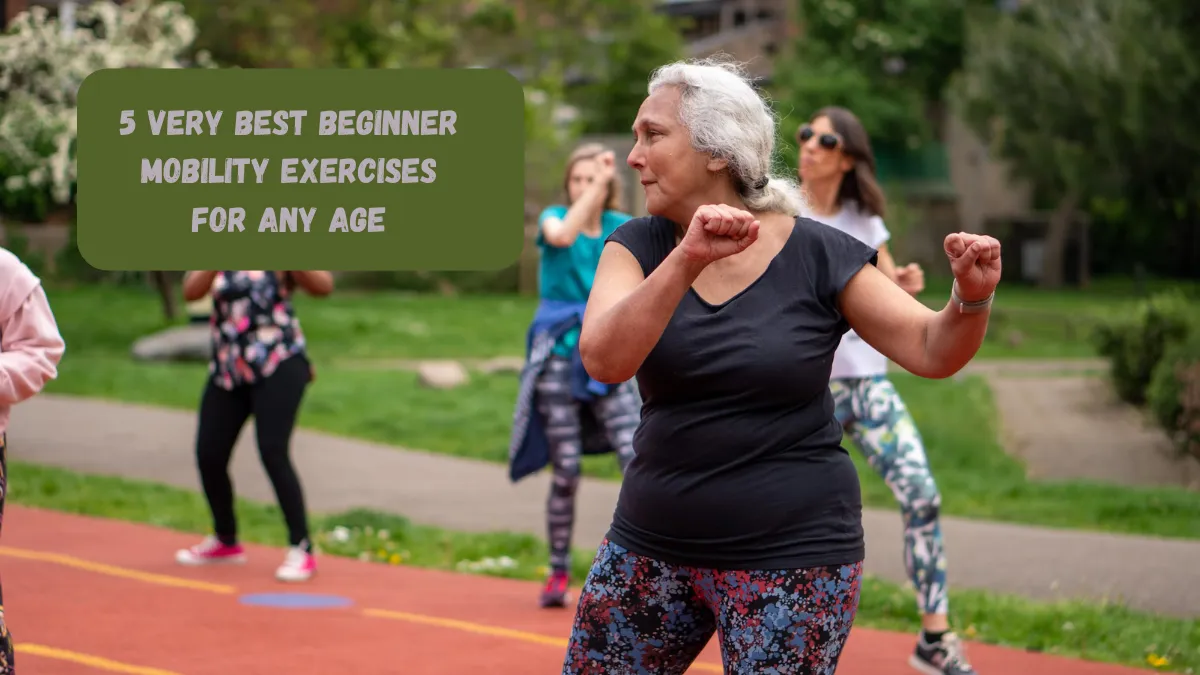Roger Frampton, a flexibility teacher, set up a month-long movement challenge that I’ve been following religiously for the past few weeks.
Between pretty easy goals, like sitting cross-legged on the floor, and ridiculously hard dreams, like doing reverse wall walks into backbends, Frampton says everyone should keep a set of five starter exercises in their closet.
Together, they work on maintaining a healthy spine, loosening up and strengthening the muscles around the feet, knees, and hips, improving balance and coordination, and checking the strength of your hands.
“If I could go through all the years of training since I was a teenager and first walked into a gym, these are the exercises that I would work on,” he says.
“Designed for repetition and gradual progression, these exercises target key joints such as the pelvis, the squat shape, and spine extension.”
Five exercises to develop lifelong mobility and flexibility
1. 90° flat back fold
Time: Practice for 1-2 minutes.
Focus on two places of contact: the back of your head and the base of your lower back. Place a stick behind your back that looks like a mop handle. Keep these two points of contact open at all times. Lead the fold by pushing your hips into the stick while your feet are together. Lower yourself as far as you can without losing touch with the stick, then do the opposite to stand up straight. To focus on your hamstrings, do the same thing again, but this time with your feet shoulder-width apart. Over time, it will help you get closer to being able to touch your toes.
Trainer tip: “Don’t lead with your neck or just fold with your upper back.” “And squeeze your quads to keep your legs straight as you fold forward.”
2. One-leg balance (with eyes closed)
Time: Practice for 60 seconds on each leg.
To keep your balance, stand on one leg and hold your arms out to the side. Use something you can see to help you. As you get better at standing on one leg without moving, close your eyes and take away your visible reference point to make it harder. For 60 seconds, work on each leg.
Trainer tip: “Look up at the ceiling or close your eyes to make it harder,” says Frampton, a teacher. “Be patient; everything worth having takes time. If you lose your balance, you need to start over. Over time, you’ll learn how to loosen up your body or relax your hands.
3. Full-resting squat
Time: Hold for 30-60 seconds.
Place your feet about hip-width apart and point your toes forward. Keep your arms spread and your back straight while bending your knees. Make it as low as you can go into a squat without letting your heels leave the floor. Make sure your feet are looking forward and your knees are far apart. If you need to, you can help your ankles move by putting a rolled-up mat or small weight plates under your feet.
Trainer tip: “Some people who are really flexible and have really open ankles might find holding a deep squat really easy,” says Frampton. “I would switch to a horse stance for those people.” It’s a move used in martial arts. Many people know it from Bruce Lee’s movies. You learn how to keep your back straight. Being able to hold that form is a lot like doing a squat against a wall. Make sure your back is straight and balance a stick on your legs to test it (source).
4. Cossack squat (minus the get-up)
Time: Alternate sides for 1-2 minutes.
Spread your feet out so they are wider than shoulder-width apart, and point your toes out a little. Hold your arms outstretched and your body straight. Bend one knee and drop into a deep lunge on the same side. Don’t let your bent knee cave in; instead, keep it wide. Also, keep your heel down. So your toes point up, and you can turn the bottom of the foot on the other side. If your range is limited, drop as far as you can and work on raising your level slowly over time.
5. Dead hang (or hang from a door frame or bannister)
Time: 1-2 minutes
Put something under the bar to help it stand up, like a chair. Hold the bar with both hands and put your feet on the support. Let your body hang heavy as you try to rest and sink into the stretch. You can take your feet off the support in the second minute and turn your hands into an underhand grip.
Trainer tip: “Let your feet sink toward the ground, working toward letting your ears touch the inside of your arms, then experiment building up a bit of tension in your body by squeezing your abs and glutes.”
Frampton says to use a door frame or a strong staircase instead of a bar. You can hold it with both hands or one hand at a time.
“You get more hang the farther forward your feet are.” It gets easier as you move your feet backwards. “Sink into it so that you can feel how stretching makes your body feel,” he says.
